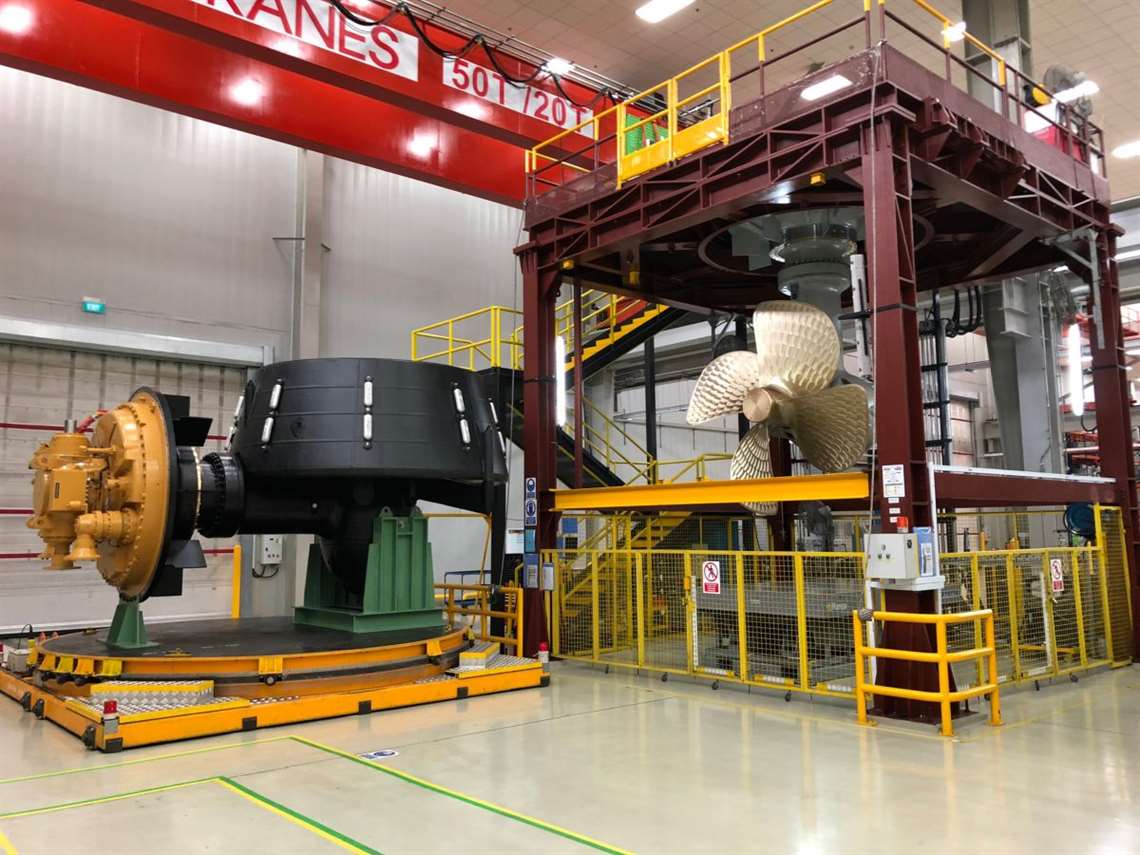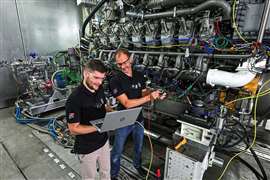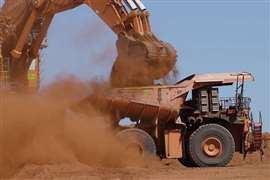New Generation Thrusters
10 October 2018

Caterpillar Marine has launched its latest generation of azimuth thrusters. The new MTA v3 thruster is based on the design of the v2 and is built in accordance with Caterpillar’s CPS procedure for maximum quality verification, the company said.
The MTA v3 lineup — MTA 524, 627 and 628 — currently covers the entire Cat 3500 engine range of 1500 to 2525 kW and provides the benefits of large savings in maintenance costs, lower maintenance and service risks and simple firefighting installation, Caterpillar said.
“The addition of the new MTA v3 to our marine product program really completes our offering to the tug segment and provides a leaner, simpler and more efficient integrated solution to our customers,” said Jorgen Karlsson, Caterpillar Marine’s Tug and Salvage Segment manager.
Designed with efficiency in mind, the thruster unit and nozzle has been optimized to minimize resistance and maximize performance and optional nozzle profiles are available depending on operating parameters, the company said. In comparison to the MTA v2, the MTA v3 is 20% lighter, requires 27% less oil volume and has an increased power density of 25%. Additional improvements from previous MTA generations include a 3% bollard pull increase, Caterpillar said.
To reduce space claim and installation time, the normal auxiliaries for azimuth thrusters — hydraulic power pack, gravity tank, filters, coolers and clutch hydraulics, etc. — have all been integrated onto the azimuth unit itself.
With the introduction of a hybrid interface, the unit can switch between mechanically and electric power. Users can thus achieve a higher average engine load and reduce fuel consumption by running only the necessary engines or generator sets dependent upon the operation mode, the company said. Reduced maintenance costs can also be achieved by running fewer hours on the main engines.
Different modes of operation can be selected to provide the best drive experience based on performance needs, Caterpillar said. These include:
• Full diesel-electric mode can be used for standby and low-speed transits. This mode adds the benefit of reduced fuel and maintenance consumption by using smaller gen-sets instead of propulsion engines, Caterpillar said and also reduces NOx emissions with a higher engine load factor.
• High-speed transit and light towing mode can be operated on full power with the main engines powering thruster and electrical load from the gen-sets.
• Full power mode provides the maximum performance available as the main engines and booster motors operate together to achieve full power. Full power operation also provides the best possible acceleration from the engine and gen-sets, the company said.
• Firefighting mode allows the firefighting pump to be powered by the main engines while the azimuth thrusters are powered by gen-sets and electric motors.
POWER SOURCING GUIDE
The trusted reference and buyer’s guide for 83 years
The original “desktop search engine,” guiding nearly 10,000 users in more than 90 countries it is the primary reference for specifications and details on all the components that go into engine systems.
Visit Now
STAY CONNECTED




Receive the information you need when you need it through our world-leading magazines, newsletters and daily briefings.
CONNECT WITH THE TEAM












